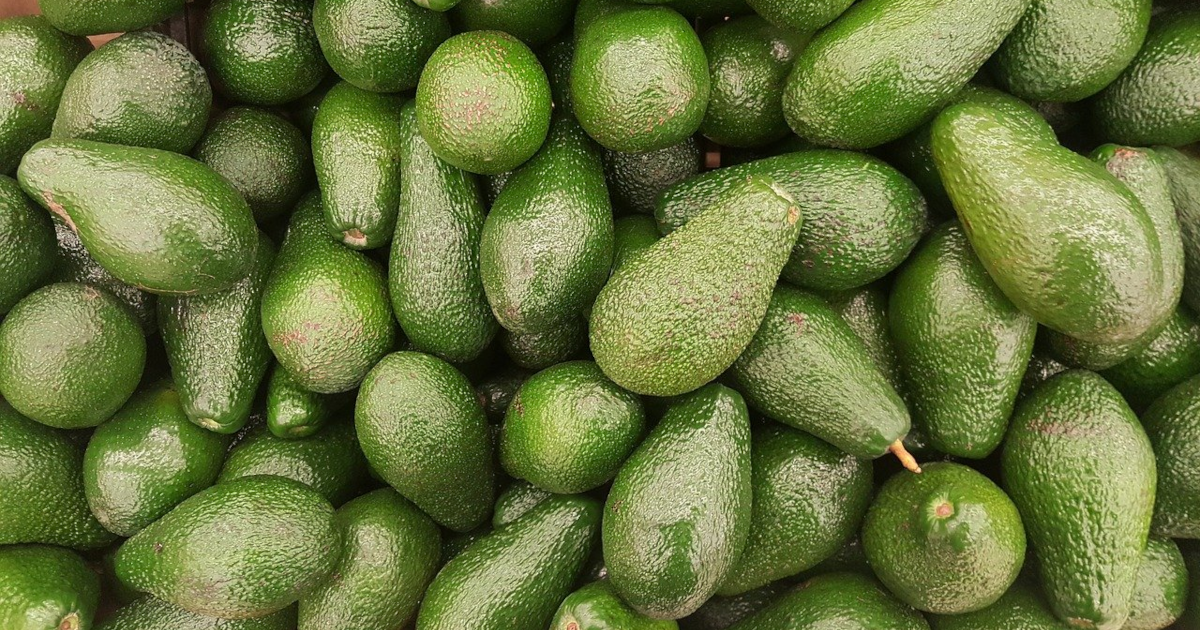
Indigenous Agroforestry Dying of Thirst Amid a Sea of Avocados in Mexico
Avocado farms–mostly supplying the U.S. market–dominate water resources in the Mexican town of Angahuan, forcing Indigenous P’urhépecha healers to buy clean water to keep their medicinal plants alive. Juana and Cuchita are part of this group of a dozen curanderas, healers known for their use of herbal medicine. Here's their story.
January 4, 2023 | Source: Civil Eats | by Monica Pelliccia Mongabay
Cuchita is the fourth-generation herb collector of our family,” says Juana Bravo, 45, pointing to a photo of her niece. “Look here: She was picking medicinal plants in the mountains when she was only one and a half years old.” Maria de Jesus, called Cuchita, now 9, still shares that same passion with her aunt. Today, after school, she joins Juana to prepare an antiseptic salve with medicinal herbs collected from the patio garden right outside their door.
Angahuan, a town of 6,000 inhabitants in the Mexican state of Michoacán, has several generations of Indigenous P’urhépecha women practicing traditional medicine. Juana and Cuchita are part of this group of a dozen curanderas, healers known for their use of herbal medicine and commonly called tsinajperi (“the ones that make life grow”) in the P’urhépecha language. They’re also highly sought out for their skills in midwifery and the traditional Mesoamerican massage technique called sobada.
